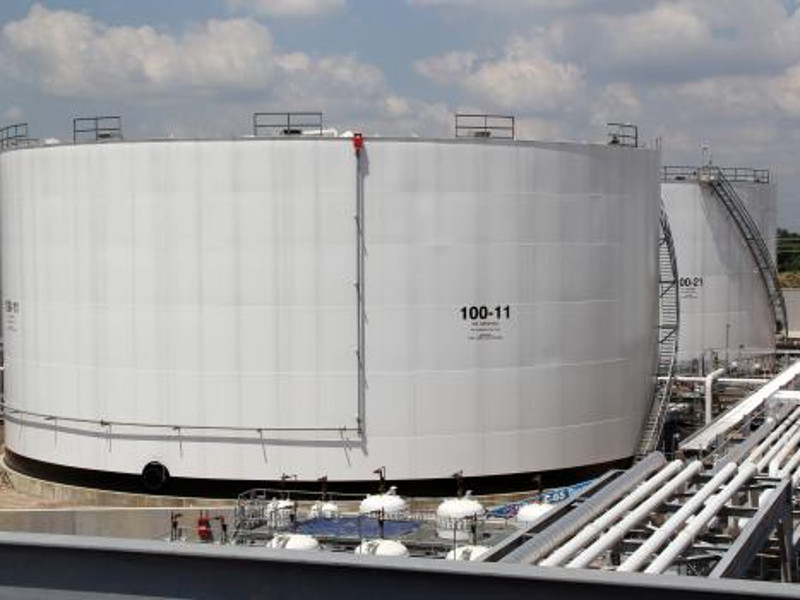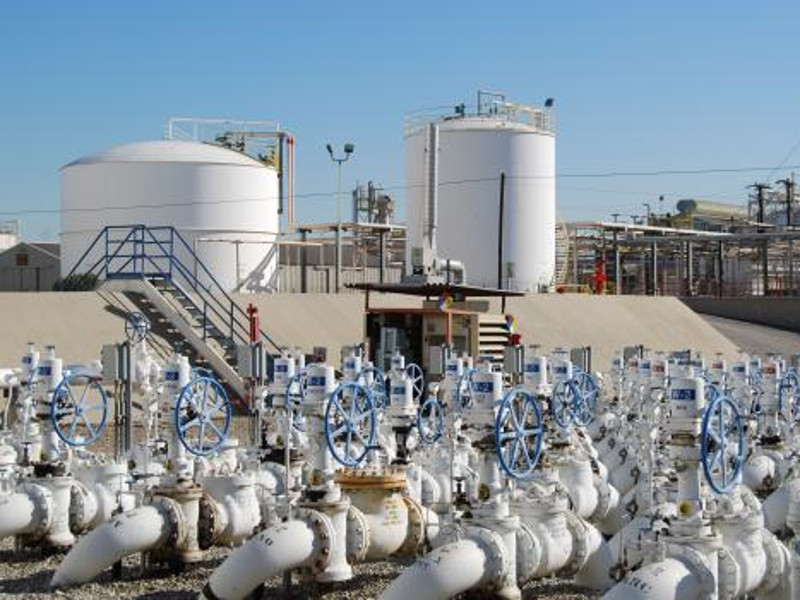Kinder Morgan's Gulf LNG export project is a 10.8 million tonnes per annum (Mtpa) gas liquefaction and export facility planned to be developed in Jackson County, Mississippi, US. Gulf LNG Liquefaction Company (GLLC), an indirect subsidiary of Kinder Morgan, is the developer of the project.
Estimated to cost £6.3bn ($8bn), the project involves the expansion of the existing Gulf LNG import site to accommodate liquefaction and export facilities. It will also involve modifications to the existing pipelines to facilitate bi-directional flow of natural gas.
The US Federal Energy Regulatory Commission (FERC) granted approval for the Gulf LNG export project in July 2019.
The project is planned to be developed in two phases with each phase involving a 5.4Mtpa liquefaction train. The phase one is expected to be commissioned in the last quarter of 2020, while the phase two is scheduled to come on stream by the end of 2021.
Project Gallery
-

Kinder Morgan’s Gulf LNG export project is being developed at the existing LNG import terminal site in Mississippi. Image courtesy of Kinder Morgan.
-

The Gulf LNG export will comprise two 5.4Mtpa liquefaction trains. Image courtesy of Kinder Morgan.
-

The existing Gulf LNG pipeline will be modified for bi-directional flow as part of the project. Image courtesy of Kinder Morgan.
Ownership details
GLLC is owned by Gulf LNG Holdings Group, which also owns the Gulf LNG Energy and the Gulf LNG Pipeline.
Kinder Morgan owns 50% stake in the Gulf LNG Holdings Group, though its subsidiary Southern Gulf LNG Company. The remaining interests are held by Thunderbird LNG (30%), Arc Logistics Partners (10%), and Lightfoot Capital Partners (10%).
Gulf LNG export project location and site details
The Gulf LNG export project is planned to be developed on a 46-acre site adjacent to the existing LNG Terminal near the south end of State Highway 611, in Jackson County, Mississippi.
The gas liquefaction and export facility will take advantage of the available infrastructure at the existing LNG import site that includes the LNG storage tanks, marine jetty, and the header pipeline, as well as the control buildings, and electrical and mechanical utilities.
Kinder Morgan's Gulf LNG export facility make-up
The Gulf LNG export facility will be equipped with two separate propane pre-cooled mixed refrigerant liquefaction trains. Fitted with two gas-fired turbine compressors, each train will have a nominal liquefaction capacity of 5Mtpa and a maximum capacity of 5.4Mtpa.
The facility will also be developed with feed gas pre-treatment facilities, including a mercury removal system, an acid gas removal system to remove carbon dioxide and hydrogen sulphide, a molecular sieve dehydration system for water removal, and a heavy hydrocarbon removal system to remove natural gas liquids (NGL).
The LNG produced in the trains will be stored in the two existing LNG storage tanks with a combined capacity of 320,000m³, before being loaded onto ships at the existing dock facility.
The existing LNG storage tanks will be fitted with new in-tank LNG loading pumps to transfer the LNG through the existing transfer lines to LNG marine carriers.
Although the existing dock facility was permitted to receive up to 170,000m³ LNG vessels, it will start accommodating bigger LNG carriers of up to 208,000m³ capacity during LNG export operations at the site.
The facility will also be developed with storage facilities for condensate, ammonia, and refrigerants, as well as a truck loading/unloading facility to unload refrigerants and to load condensate.
Pipeline modification
The existing Gulf LNG pipeline system will be modified to enable bi-directional flow from and to the LNG facility.
The pipeline upgrade includes modifications to the existing metering stations at interconnection points with the Destin pipeline system and the Gulfstream Natural Gas System.
The pipeline will also be modified at the terminal site to create connection with the inlet of the feed gas pre-treatment facilities.
Contractors involved
KBR was contracted to provide front-end engineering design (FEED) and FERC report pre-filing services for the Gulf LNG export project in May 2014.
